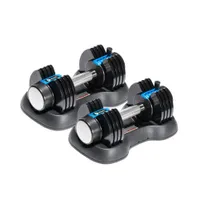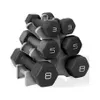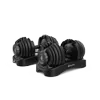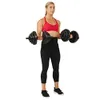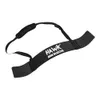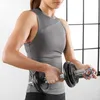Forget lifting heavy weights — beginners just need to focus on these 2 things to build strength and muscle
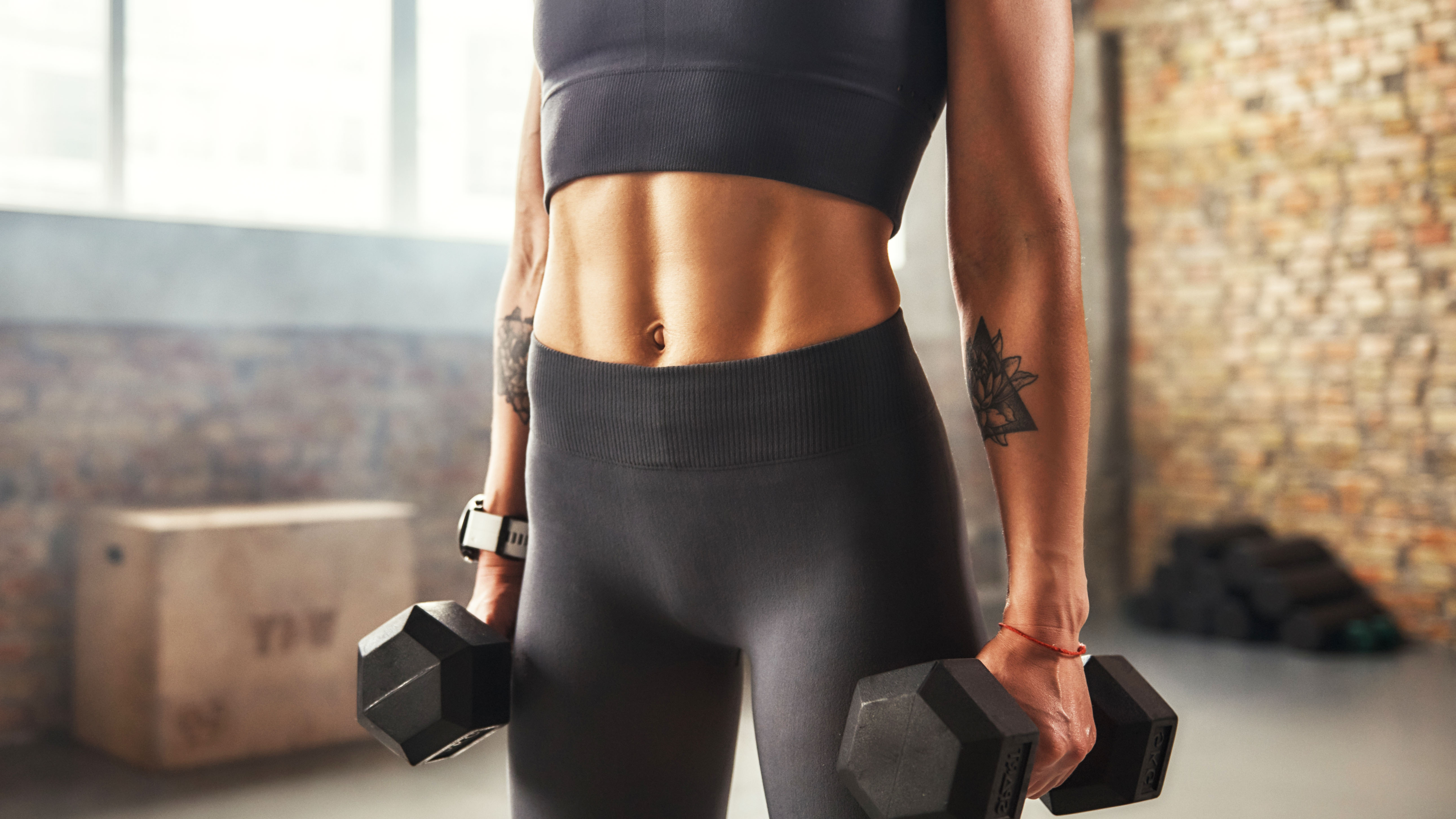
There’s so much emphasis on how much weight people can lift; it often gets forgotten that there are other variables you should focus on if you want to build strength and muscle and keep on weightlifting into your elder years.
I’ve been teaching weightlifting for a long time now and in my opinion, beginners shouldn’t be set on how much weight they can lift at the start.
Yes, lifting progressively heavier weights will keep your body challenged and stimulate muscles enough to get stronger and build muscle; this is a fundamental part of the hypertrophy (muscle-building) process, known as progressive overload.
However, that will come with time and consistency. In the meantime, beginners, focus less on how much you’re lifting right now and more on these two things instead, and watch your gains transform.
What are the 2 weightlifting principles?
Have you ever seen someone in the gym relying too much on momentum during a lift? Think swinging the weights back and forth during biceps curls or not squatting to full depth.
One of the most common ones I see? Super speedy push-ups, and the person in question barely bends or straightens their arms as they power out the reps.
You might achieve the lift this way or hit your desired rep count, but it’s not a true show of strength — if you asked that same person to slow the biceps curl down or squat lower, could they lift the same weight then?
Get instant access to breaking news, the hottest reviews, great deals and helpful tips.
Too often, we look at numbers in the gym as a sign of success — the number on the scale during a weigh-in or the number of plates you can rack onto your barbell, and what they weigh, too.
The same exercise can feel more challenging not just by adding more weight, but by tweaking two things: range of motion and control.
If you want to improve your technique, reduce injury risk and increase stability, balance, coordination, strength and lean muscle mass when lifting weights, try adapting control of the weights and your range.
1. Control
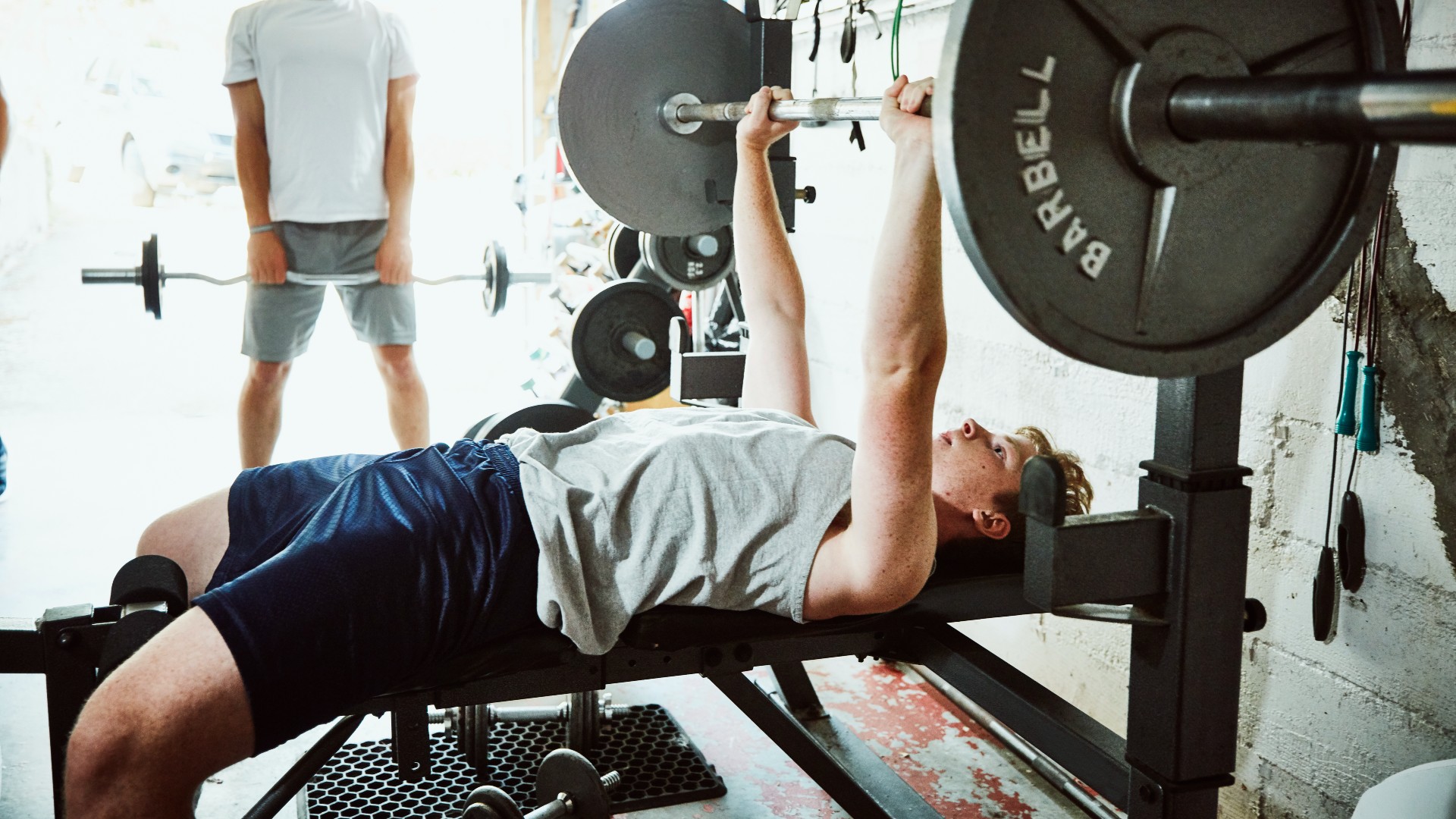
True control doesn’t just mean you can lift and lower the weight without breaking yourself; it means having total control over every aspect of the lift in question.
Isotonic exercises — that means exercises that are dynamic and move your joints and muscles through a range of motion — have phases called eccentric, concentric and isometric.
Take the bench press, for example. As you lower the bar toward your chest, this is the eccentric phase of the movement when muscles lengthen under tension; the concentric phase occurs when you push the weight away from your body and extend the elbows. The pauses at the top and bottom of the bench press are isometric — a non-moving muscular contraction.
One of the best ways to build muscle and increase stability is to focus on eccentric loading — slowing down and controlling the eccentric phase of an exercise.
Think lowering into a squat for 4 or 5 seconds or spending a few seconds longer lowering the bar toward the floor during a deadlift or to your chest during a bench press.
But that aside, having full control over each phase of a movement is where you want to be. That might mean lifting lighter weights initially, but it will set you up better for lifting heavier weights over time.
It means moving a little slower and using your mind-muscle connection to feel the entire movement without rushing through your reps.
Learning more about time under tension (TUT), a tempo technique that helps muscles contract for longer, working them harder, will help you improve control.
These are my favorite budget-friendly dumbbells, with an easy-grip handle (which copes well with sweaty hands) and a quick adjustment slider so you can change loads easily between moves. Amazon says the original price was $230, but they've only been above $200 for one day before, so I'm calling it as a $35 discount.
2. Range of motion
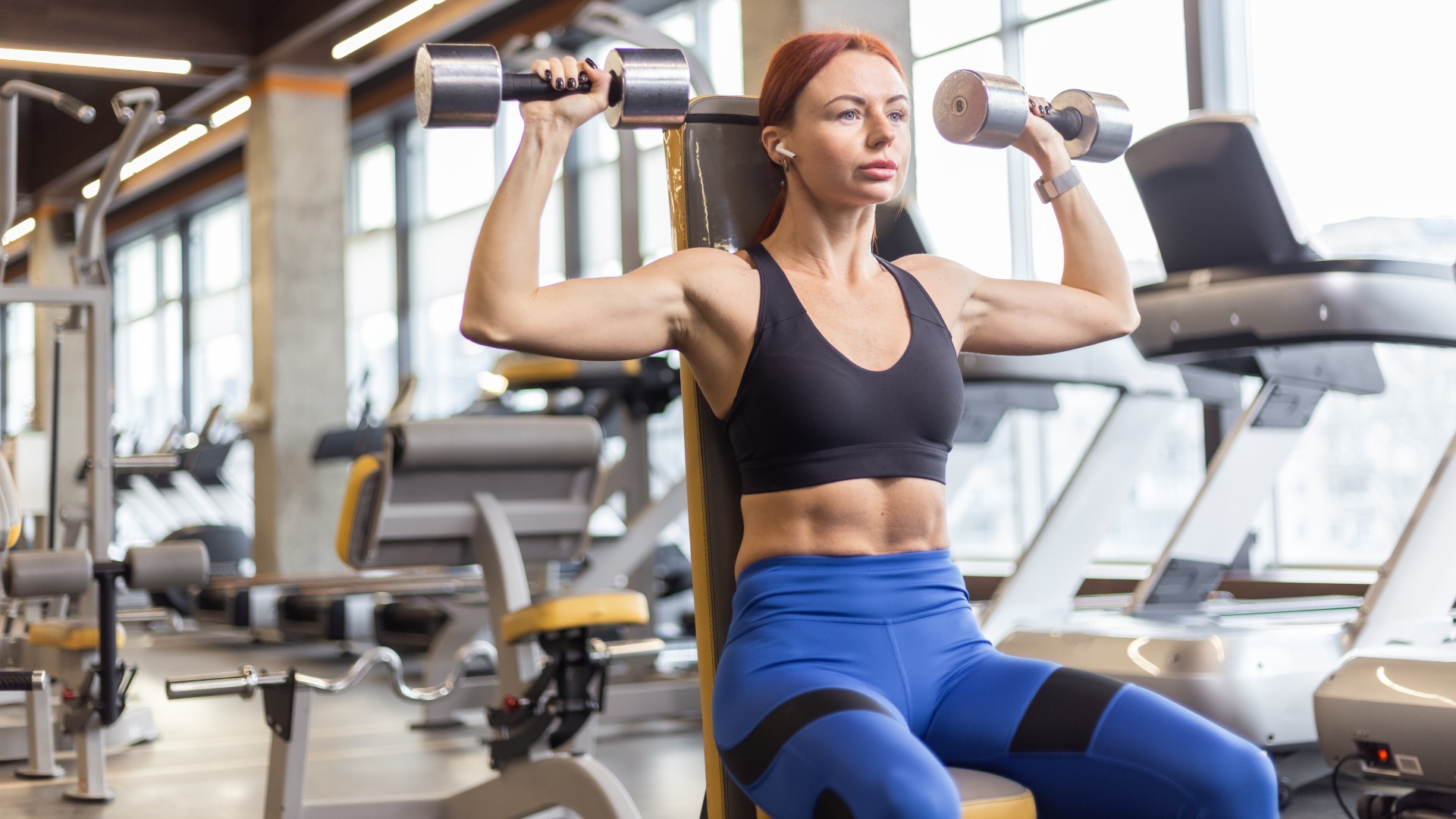
Range of motion refers to your ability to move your limbs around their relevant joints, like rolling out your shoulders or opening your hips.
Poor or limited range of motion will not only impact your exercise performance but also your ability to perform daily activities, and can increase the likelihood of developing an injury.
Mobility exercises can help improve range of motion, and practicing a full range of motion is important when lifting weights, as you can properly lengthen and shorten the working muscles.
The better your ability to move properly and with full range, the better your technique when exercising and the more you can build strength, stability, balance and lean muscle mass.
Think about lowering your weights to your chest during a bench press and fully extending the elbows at the top of the press — muscles work harder, for longer and you’ll also maximize muscular extension, flexion and contraction. Better contraction means more gains.
For this reason, I actively avoid gym machines with clients unless for specific purposes and exercises like leg extensions or hamstring curls. Free weights give you a whole lot more range, which also helps you to work muscles more efficiently, including the stabilizers responsible for supporting movement.
This means better stability, balance and coordination, and greater muscular recruitment overall.
Follow Tom's Guide on Google News to get our up-to-date news, how-tos, and reviews in your feeds. Make sure to click the Follow button.
More from Tom's Guide
- 10 compound exercises that work multiple muscle groups
- You don't need to lift heavy weights to strengthen and tone your core muscles, just try these 3 ab exercises
- According to research, this 4-minute chair yoga for beginners class can help rid neck pain, stiff shoulders and desk-related strain

Sam Hopes is a level 3 qualified trainer, a level 2 Reiki practitioner and fitness editor at Tom's Guide. She is also currently undertaking her Yoga For Athletes training course.
Sam has written for various fitness brands and websites over the years and has experience across brands at Future, such as Live Science, Fit&Well, Coach, and T3.
Having coached at fitness studios like F45 and Virgin Active and personal trained, Sam now primarily teaches outdoor bootcamps, bodyweight, calisthenics and kettlebells.
She also coaches mobility and flexibility classes several times a week and believes that true strength comes from a holistic approach to training your body.
Sam has completed two mixed doubles Hyrox competitions in London and the Netherlands and finished her first doubles attempt in 1:11.
You must confirm your public display name before commenting
Please logout and then login again, you will then be prompted to enter your display name.
